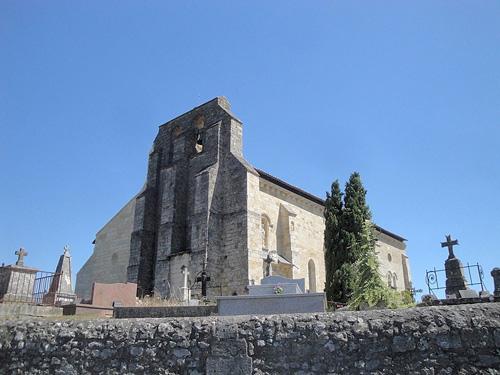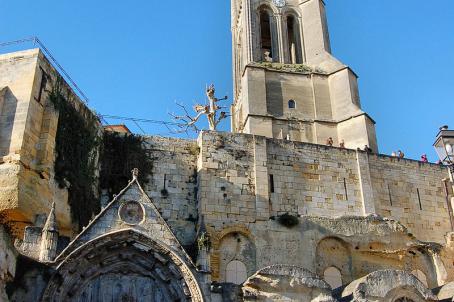Sauve-Majeure Abbey
A masterpiece of Romanesque art from the 12th century, this former Benedictine abbey was an active and recognised religious centre. The ensemble that remains of it offers admirable capitals where biblical representations stand next to monsters from the depths of time or from the far east. From the top of its bell tower, there is an impressive view of the village and the landscape. The visit of the monument ends with the discovery of the lapidary museum which presents a collection of sculpted stones (capitals, modillions, keystones) found during the restoration campaigns.
About this building
Abbey founded in 1080. Romanesque remains of the cloister 1130-1140. 13th century abbey buildings, partly ruined by the Hundred Years' War. Partial reconstruction by the Maurists, late 17th century. Prison from 1793 to 1795, then looting and destruction of the monastery. Religious college from 1838 to 1858, with construction of the south wing and extension of the west wing. Normal School from 1860 to the fire of 1910. From the 1960s, destruction of the 19th century buildings and consolidation of the medieval parts. The west wing was built at the end of the 17th century on earlier buildings, rebuilt in the 19th century, burnt down in 1910. The eastern part, on which the refectory was based, retains Romanesque structures. The 19th century additions were built on top of medieval structures. For the refectory, Romanesque remains and 13th century reconstruction. The abbey barn is a building from the 14th and 15th centuries, erected on top of earlier structures. The Saint Gerard fountain is of very ancient origin. The enclosure walls were erected at the end of the 17th and beginning of the 18th century by the Maurists, on the site of the medieval enclosure. The garden shelters the bases of many disappeared buildings (cloister...).






